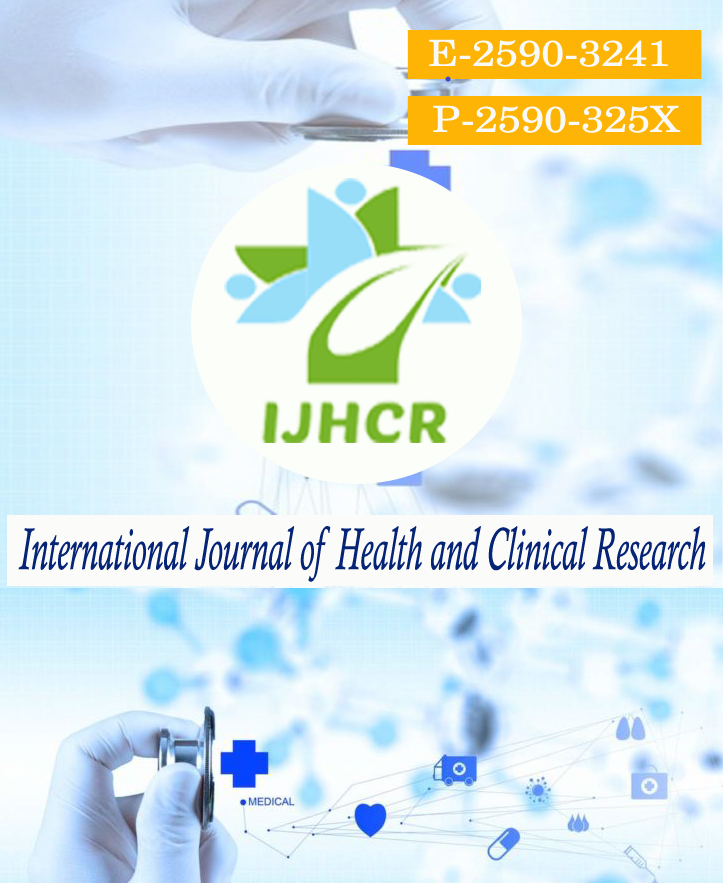“Evaluation of Anterior Knee Pain in Diaphyseal Tibial Fracture Treated with Intramedullary Nailing”- A Retrospective Study
Keywords:
knee apex distance, anterior cortex nail distance, diaphyseal tibia fracture, transtendinous approach, paratendinous approachAbstract
Intramedullary Nailing is considered as gold standard treatment option for diaphyseal tibial fractures in adults. Anterior knee pain is the commonest post-operative complication encountered in diaphyseal tibial fracture treated with intramedullary nailing. Incidence of anterior knee pain ranges from 10% to 86% respectively. Moreover, aetiology of anterior knee pain is multifactorial following intramedullary nailing. This study was undertaken to analyse the association between knee apex distance, anterior cortical nail distance and anterior knee pain. Methods and Material: 36 consecutive patients with diaphyseal tibial fracture treated with intramedullary interlocking nailing using either trans-tendious approach / paratendinous approach from March 2017 to March 2019 were studied. Anterior knee pain was measured and assessed at regular successive interval using Visual analogue scale scoring system and its association with 2 parameters i.e., knee apex distance, anterior cortical nail distance. Result: Out of 36 patients evaluated, 14 patients i.e., 38.88% had knee apex distance >2.5 and 22 patients i.e., 61.11% had knee apex distance < 2.5 where as 12 patients i.e., 33.33% had ACND > 1.0 cm, 8 patients i.e., 22.22% had ACND between 0.5-1.0 cm, 16 patients i.e., 44.44% ACND below 0.5cm in which 10 patients i.e., 27.77% (ACND was negative) nail was buried. Conclusion: Anterior cortical nail distance had a strong association with postoperative anterior knee pain. This study finds statistically significant association of anterior cortical nail distance with anterior knee pain (p = 0.023) while knee apex distance doesn’t show a statistical association with anterior knee pain (p = 0.781). The surgical approaches show no significant association with anterior knee pain.
Downloads
Published
How to Cite
Issue
Section
License
Copyright (c) 2021 Prabhu Ethiraj, Vinod Kumar.K, Sandesh Subhas Agarawal, Arun HS, Nagakumar J S

This work is licensed under a Creative Commons Attribution 4.0 International License.






 All articles published in International Journal of Health and Clinical Research are licensed under a
All articles published in International Journal of Health and Clinical Research are licensed under a 